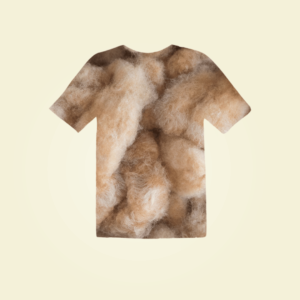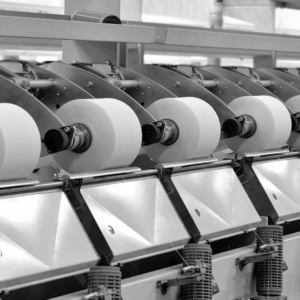Regenerative Cotton
Regenerative Cotton: A Commitment to Sustainability
In the ever-evolving landscape of agriculture and sustainability, the concept of regenerative farming has taken center stage. It’s a paradigm shift that not only focuses on the productivity of the land but also on its health and resilience. In this blog, we’ll explore the idea of regenerative cotton without mentioning any specific organization, focusing solely on the principles and benefits.
Understanding Regenerative Agriculture
Regenerative agriculture is an approach that seeks to rejuvenate the land and enhance its vitality over time. It’s a holistic method that goes beyond mere cultivation; it’s about nurturing the very soil that sustains us. Here are some key aspects:
- Soil Health
At the heart of regenerative agriculture lies the soil. The idea is to not just preserve it but to enhance its health. This involves practices that increase organic matter, improve soil structure, and promote beneficial microorganisms. Healthy soil is the foundation of sustainable farming.
- Biodiversity
Regenerative farming encourages biodiversity. It’s about creating a harmonious ecosystem where various species, from earthworms to pollinators, coexist. Biodiversity not only strengthens the land but also supports overall ecological balance.
- Reducing Emissions and Carbon Sequestration
One of the remarkable aspects of regenerative agriculture is its potential to reduce greenhouse gas emissions. By focusing on soil health and biodiversity, it can effectively sequester carbon dioxide, playing a crucial role in mitigating climate change.
Certification for Regenerative Cotton
Certification programs have emerged as a means to recognize and verify regenerative farming efforts. These programs provide not only recognition but also proof of commitment to land regeneration. Some important considerations include:
- Complete Solutions
Certification often comes as part of a comprehensive package that includes data analytics, benchmarking, and advisory services. It’s a holistic approach to guide and support farmers in their regenerative journey.
- Trust Mark for Public Claims
Certified regenerative cotton often carries a trust mark that can be used for public claims. This mark signifies a commitment to sustainable and regenerative practices, helping consumers make informed choices.
- Global Impact
Certification connects farmers to a global community that’s dedicated to changing the face of agriculture. It’s about creating a network of like-minded individuals and organizations working towards a common goal: a sustainable and regenerative future.
Important Considerations for Cotton Production
When it comes to regenerative cotton production, there are several factors to consider:
- Yarn Parameters
The type of yarn used can influence the final fabric. Ring-spun yarns with various thicknesses are common for regular cotton fabrics. Solid slubs can add texture and character to the fabric.
- Avoiding Certain Types
Heathered yarns, which have a mix of colors in the yarn, are typically not associated with regenerative cotton. This is because they often involve the blending of different types of fibers.
- Blends
Regenerative cotton can be combined with other yarns in the same fabric. However, when blending with synthetic fibers like polyester, it’s important to consider the environmental impact and choose medium to deep colors to minimize dyeing processes.
In conclusion, the concept of regenerative cotton is a testament to the evolving landscape of sustainable agriculture. It’s a commitment to nurturing the land, preserving biodiversity, and fighting climate change. Certification programs play a pivotal role in recognizing and supporting these efforts, creating a global community dedicated to a more sustainable future.
Explore More Articles Here:
3D Sampling Technology
In the ever-evolving world of fashion, staying ahead of the...
Read MoreNatural Cotton Color
In the ever-evolving world of sustainable fashion, a remarkable transformation...
Read MoreOrganic Cotton Yarns
In a world where sustainability is the buzzword, the textile...
Read MoreFibers from renewable raw wood
In the ever-evolving world of fashion and sustainability, the textile...
Read More


